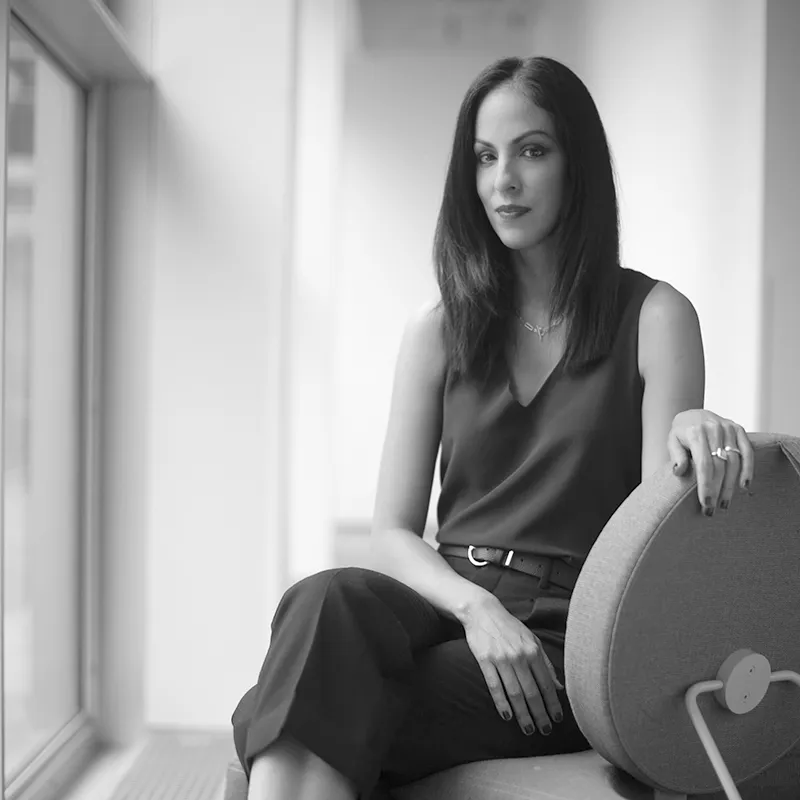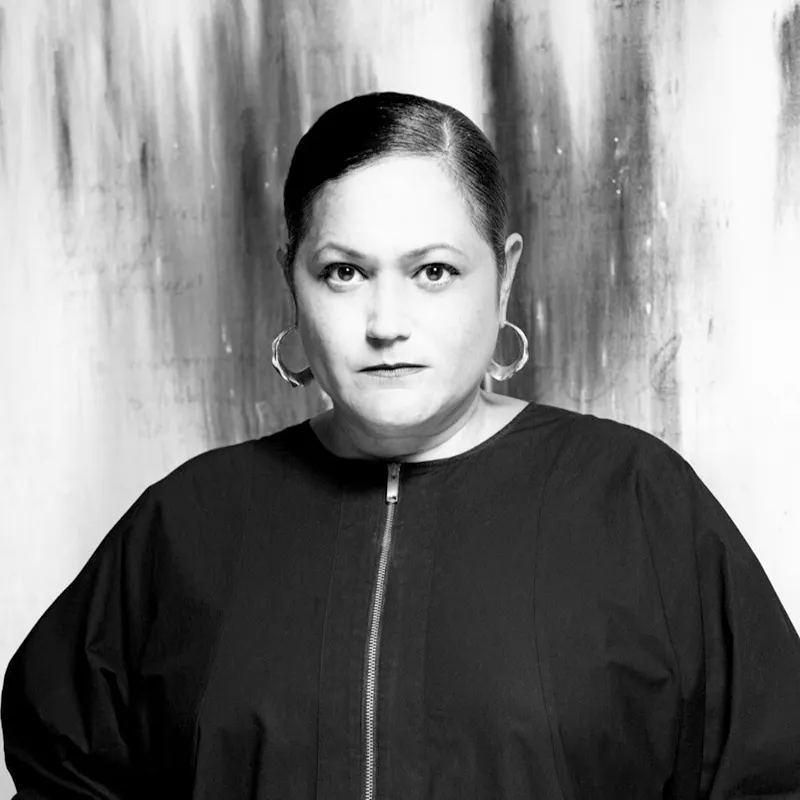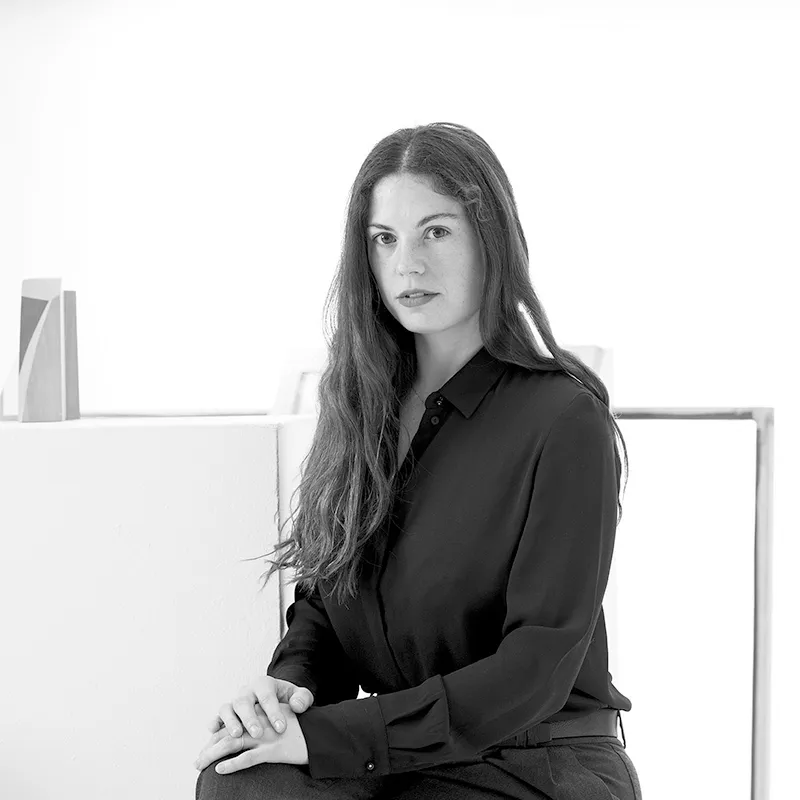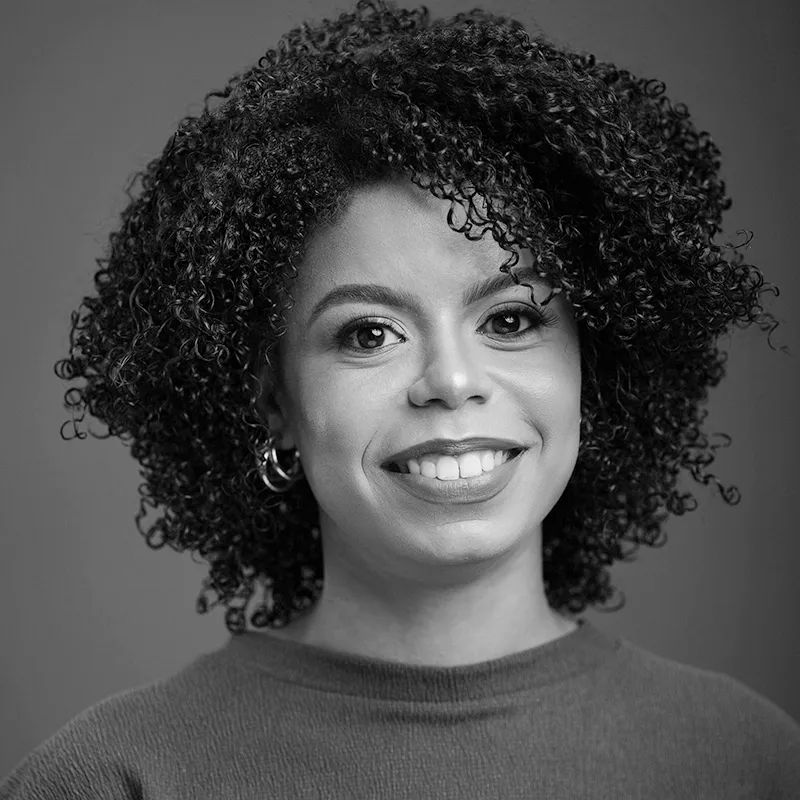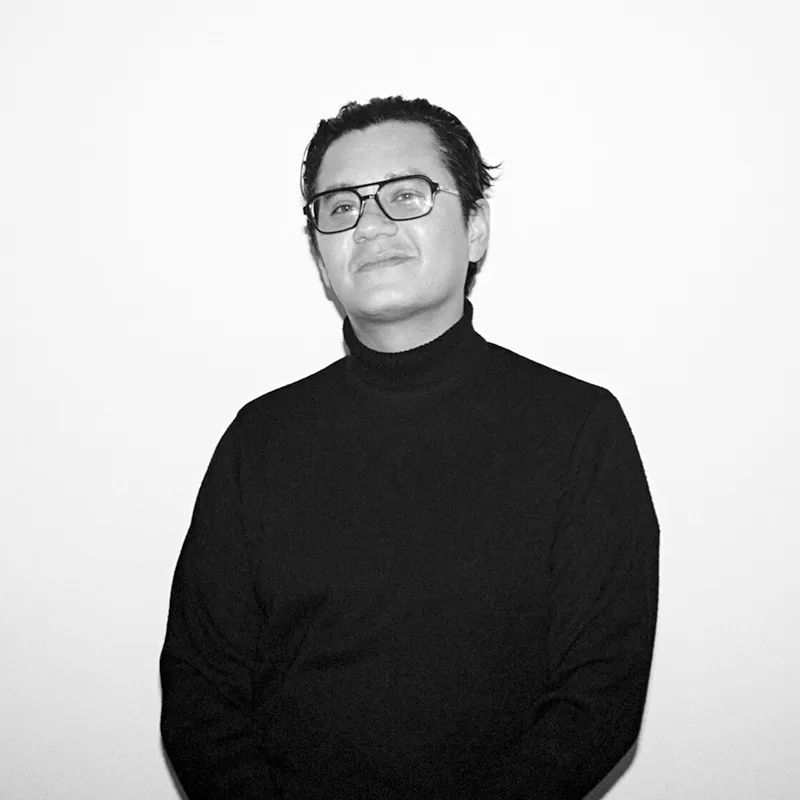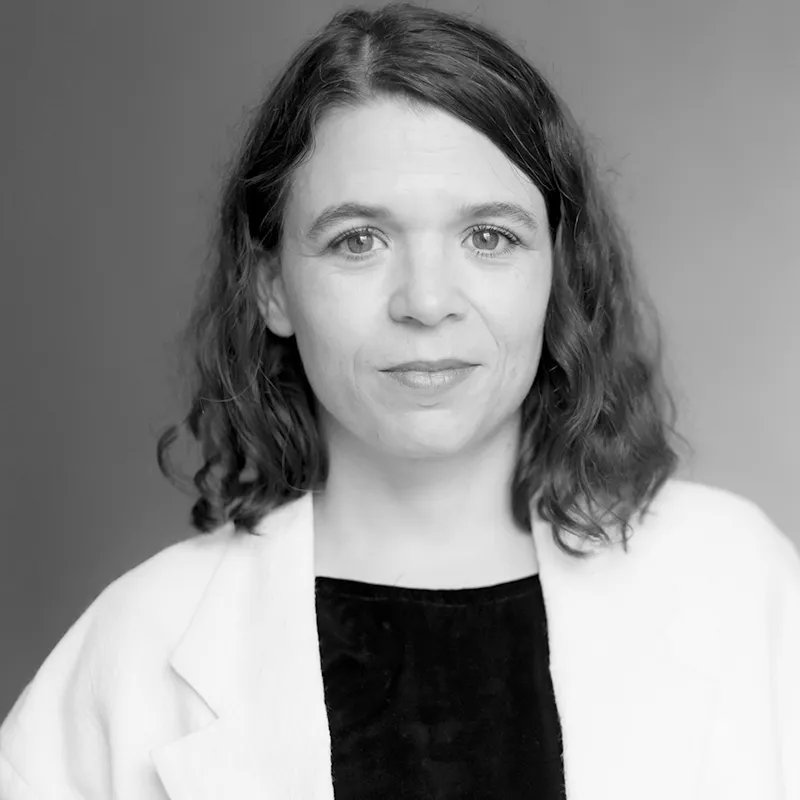Carla Acevedo-Yates
the shore, the tide, the current
an oceanic Caribbean
Carla Acevedo-Yates and Sara Hermann Morera
The space occupied by the shore, the tide, the current: an oceanic Caribbean in ARCOmadrid 2024 sets out to examine some of the ways in which the proportions and connotations of this (fundamentally conceptual) space are named, narrated and perceived through the production of meaning. Curators Carla Acevedo-Yates and Sara Hermann propose, through a careful selection of artists and galleries, a possible reading of the complex and fertile intersection between land and sea that emerges from and towards the shore. They provide a starting point, a place from which to enunciate, from visualities, sounds, essences and touch, a proposal for a dialogue on histories, memories and identities in constant flux, transformation and mutation.
The Caribbean is not a sea, it is oceanic. Approaching the Caribbean as such implies refuting its insular, fragmented and disconnected condition in order to approach its continental and reticular dimension. Its ocean currents flow into the Atlantic, and other ruptures generated by our species connected it inextricably to the Pacific. This continental status of the Caribbean highlights the colonial relationships between archipelagos and continents, the trade winds that facilitated colonial expansion, and the overland and underground currents that facilitate human and non-human movement.
Through this oceanic space, the idea of thinking and acting from the shore arises. To act on the shore is to function from a space of exchange and constant instability and turbulence, it is to intervene in the discomfort of being placed between the liquid and the solid. To act on the shore or from the shore is also to trace paths that can be erased by the immediate wave, crushed by the walker’s footprint or remain there as a trace of what could have been. The artists that make up this curatorial discourse gravitate towards that place of collectivity that we share and from which the common is stated.
For the curators, the notion of the oceanic reinforces the idea of the unattainable. It is impossible to grasp what, even conceptually, cannot be grasped. This trance led Carla and Sara to approach the elusiveness of this changing “place” through the production of meaning, using the ideas of flight or escape as a means of trying to apprehend, retain or understand it.
Curators:
Opening
This edition of the Opening Section– dedicated to the international young gallery scene – presents a rich selection of fifteen proposals from galleries in Barcelona, Bogotá, Budapest, Buenos Aires, Cluj-Napoca, Limassol, Lisbon, Madrid, Marseille, Palma, Paris, Rome, Salta, Tbilisi and Zurich.
This year’s section has been orchestrated by the curators Cristina Anglada, who lives and works between Mallorca and Madrid, and Yina Jinémez Suriel, who is based in the Dominican Republic. This section brings together a group of gallery projects whose invitation took into consideration their forms of development and management, which challenge the very notion of the art gallery as we know it today. These forms are the result of listening to the needs of artistic practices and contemporary art audiences, both in their immediate contexts and in the way these artistic communities fit into the international scene.
From a curatorial perspective, The curators chose to guide the galleries without excessive conceptual restrictions, while providing space for possible connections and coincidences. A decision was made to work on the proposals by taking into account projects that the participating galleries and artists had tried to develop in recent years but were unable to find the space to do so, either because of their experimental nature or owing to the complications posed by materials and time. The curatorial process for Opening was geared towards making the context of the art fair work for the materialisation of these projects.
Of the fifteen galleries invited to participate, four are repeating from last year and eleven are participating for the first time. All of them have been around for less than seven years and present a maximum of three artists per stand. In this edition, we will encounter the work of a total of twenty-nine artists in different phases of their practices and working in different languages and with different concerns. They have been brought together by their interest in confronting a current situation of multifactorial crisis and in which they propose to intervene through narrative and sensory experiments that propose a free and attentive revision of the re-articulations of the present and the circumstances that have moulded it into its current configuration.
Some artists will try out different tactics in an attempt to deconstruct the world as we know it, using, among other things, portals that lead us to what remains concealed. This is the strategy taken by Esther Merinero (1994), presented by Pradiauto (2020, Madrid), with her wall sculptures; Andrés Matias Pinilla (1988), presented by Espacio Continuo (2021, Bogotá) through collage; and Carla Grunauer (1982), presented by Piedras (2018, Buenos Aires), who approaches it by means of organic sculptures. In order to access unknown places, some intersections also occur in terms of the medium of work itself, as seen in the pictorial work by Damaris Pan (1983), presented by Fermay (2020, Palma de Mallorca); in the photographs by Alba Yruela (1989), presented by Chiquita Room (2018, Barcelona); in the sculptural pieces by Elisa Braem (1991), presented by Fermay (2020, Palma de Mallorca); and in the textiles by Tamuna Chabashvili (1978), presented by ArtBeat (2018, Tbilisi).
Investigations into marginalised areas of contemporary material culture, mainly those linked to ancestral technical knowledge and transdisciplinary methodologies, give form to the sculptural works by Monica Mays (1990), presented by Blue Velvet Project (2020, Zurich); the drawings and objects woven in simbol, a typical fibre from the banks of the River Calchaquí by Roxana Ramos (1978), presented by Remota (2022, Salta); the sculptural ceramics by Ayla Tavares (1990), presented by Hatch (2022, Paris); and the work of Stelios Kallinikou (1985), presented by Eins Gallery (2018, Limassol), who turns to the photographic image in its materiality and complexity.
The artistic practice in its role as contributor to the reconfiguration of relationships between the human species and other living Beings and entities with whom we cohabit in the planet are latent concerns in the dense pictorial surfaces by Kata Koleszár (1988); the sculptural actions by Leontios Toumpouris (1982), presented by Eins Gallery (2018, Limassol); the sculptural installation pieces by Thea Lazăr (1993); and the expanded drawings by Gabriella Ciancimino (1978), presented by Gilda Lavia (2018; Rome), who notably highlights the interrelation between the forced migrations of these living beings and those of the human species in the Mediterranean Sea.
Fabulation is a fertile tool in the pictorial carpets by Karolina Dworska (1997), presented by Pradiauto (2021, Madrid); the batik fabrics by Amalia Laurent (1992), presented by Sissi Club (2019, Marseille); the paintings by Mar Pérez (1983), presented by Remota (2022, Salta); the large looms by Gabriella Hajnal (1928–2023), presented by The Space (2022, Budapest); the neo-romantic landscapes by Codruța Cernea (1979), presented by Zina Gallery (2020, Cluj-Napoca); and the dreamlike scenes by Adriana Ciudad (1980), presented by Espacio Continuo (2021, Bogotá). These artists draw on mythology, folk tales and conjecture through their work in order to navigate the past for the purpose of opening windows into new understandings and relationships.
Discussions about dissidence in terms of identity and its symbolic construction, geopolitical material, its instrumentalisation in production and consumption, and its actions and existential choreographies within the human species are the driving force behind the photographic and video works by Felipe Romero Beltrán (1992), presented by Hatch (2022, Paris); the drawings by Clara Esborraz (1991), presented by Piedras (2018, Buenos Aires); the videos by Ana Rebordao (1986), presented by NO-NO (202, Lisbon); and the works on leather by Élle de Bernardini (1991), presented by Gilda Lavia (2018, Rome) through which she explores counter-sexual forms.
Another common focus of the artists’ proposals is the sphere of intimacy and the ebbs and flows of everyday life, paying attention to the body and its experiences, as explored in the sculptures by Lorena Coccioni (1995), presented by Zina Gallery (2020, Cluj-Napoca, Romania); the ceramics of Julia Aurora Guzmán (1993), presented by Chiquita Room (2018, Barcelona); the papers by Tamar Bochorishvili; and the evocative drawings by Nadia Barkate (1980), presented by Fermay (2020, Palma), in which she represents again and again to questions of identity, the body and desire.
Curators:
Never the Same. Latin American art
The 2024 edition of ARCOmadrid, entitled “Never the Same”, follows the initiative from previous years to create a space dedicated to presenting a heterogeneous group of Latin American artists. Continuing this strategy aims to challenge simplistic, traditionally dominant perceptions associated with Latin America. The first selection criterion focuses on highlighting the complex narratives of the region in order to expand, enrich and share contemporary experiences through diverse artistic expressions.
The “Never the Same 2024” curatorship actively challenges Eurocentric and simplistic perspectives. It focuses on artists who, through in-depth research, address from different perspectives the power structures derived from colonial legacies and modern thought. This group of artists question gender identities, traditionally understood in binary and normative terms, and explore indigenous worldviews and their unique contributions to contemporary understanding. In addition, they encourage freedom from thought patterns imposed by colonial legacies and seek to revalue the knowledge and perspectives of non-Western cultures, as well as using art as a tool for raising social consciousness and questioning dominant narratives.
Denilson Baniwa (1984, Brazil), represented by A Gentil Carioca gallery, uses a variety of media to explore the legacies of colonialism in the Americas, highlighting indigenous resistance and survival strategies. His work challenges colonial narratives through the appropriation of historical images and the incorporation of contemporary elements. Nohemí Pérez (1962, Colombia), from the gallery Instituto de Visión, focuses on the relationship between humans and nature, using art to reimagine the territory of Catatumbo, a region marked by conflict and tension. In her practice, she uses charcoal to raise awareness of the exploitation of resources and the violence it generates. Rosario Zorraquín (1984, Argentina), whose practice focuses on spiritual mediation, uses her art to explore tensions arising from the inner/outer relationship. It represents anachronistic situations and, in the process, criticises the relationship with natural resources. Daiara Tukano (1982, Brazil), indigenous artist and activist, draws on the traditions and spirituality of her people, especially through the study of the Hori, bringing together research on their culture and experimentation with forms and light. Moisés Barrios (1946, Guatemala), represented by Galería EXTRA, uses the banana as a central symbol in his work to respond to political and social issues, reflecting the Latin American reality and criticising the neo-colonial legacy in US-Latin American relations. Amalia Pica (1978, Argentina), represented by Proyectos Ultravioleta, addresses communication and its failures in her artistic practice. Through installations, sculptures and performances, she explores themes of metaphor and civic participation, highlighting the social importance of art in the region. Juraci Dórea (1944, Brazil), represented by Galeria Jaqueline Martins, mixes traditional techniques and materials with contemporary approaches, reflecting the culture of the sertões of Bahia, Brazil. His art shows a deep connection to his roots and cultural environment. Abraham González Pacheco (1989, Mexico), represented by Campeche, explores personal and family history in his practice, focusing on the missing elements of his people and using his art as a means to express his identity and cultural context. Andres Piña (1992, Argentina), represented by Galería Sendros, explores matter, life (as a transit of that matter) and death in order to reflect on the residues left by its absence. Luis Enrique Zela-Koort (1994, Peru), represented by N.A.S.A.L., explores the intersections of technology, metaphysics and identity. His work challenges conventional narratives and seeks to destabilise the traditional perception of the self, highlighting the mutability and infinite potential of life. Violeta Quispe Yupari (1989, Peru), represented by Vigil Gonzales Galería, is a Peruvian artist known for her work on “Tablas de Sarhua”, paintings on long wooden boards that originally document family history and community reciprocity. Her current practice focuses on the vindication of gender equality and the condemnation of violence against Andean women, challenging conventional historical representations from the perspective of gender and race.
Last but not least, this curatorial exercise emphasises the importance of the different cultural agents that form part of the art ecosystem, ARCO in particular, allows us to accentuate the work and role of the galleries in the region, each of which, with their own character, mobilise artistic scenes playing an important role in maintaining local contexts, as well as strengthening a greater diversity of representation of artists in the art scene.
Curators:


